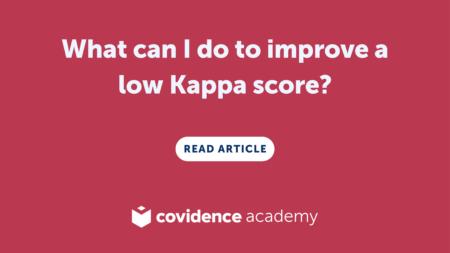Systematic reviews are considered the most reliable source of evidence for decision making because they apply prespecified criteria to a synthesis of all the information on a given research question. Their value is widely recognised by consumers, researchers, patients and clinicians. So how are systematic reviews used?
1. Clinical practice guidelines
Systematic reviews are used within guideline development to select, appraise and summarise the evidence from primary research. There is often a systematic review associated with each clinical question.

2. Research funding applications
Some funding agencies require supporting evidence in the form of a systematic review to indicate that the proposal is unique and/or will address an evidence or practice gap.
3. Gap analysis
Identifies gaps in the evidence from the existing literature. This can be useful for funding applications and for identifying areas that require further research.

4. Scoping
Scoping reviews tend to precede systematic reviews. They are often conducted in areas where there are few or no systematic reviews or in a research area that is complex or multidisciplinary.

5. Statistical analysis
Statistical analysis may or may not be a component of a systematic review. Meta-analysis is the statistical combination of results from two or more separate studies. Other summary statistics including mean or median or interaction tests might also be used to explore data that is not suitable for meta-analysis.

6. Publication
The findings of systematic reviews can be disseminated through publication in journals, making the data accessible to readers and researchers.

7. Teaching research methods
Systematic reviews may be used as a resource to teach research methods in some situations especially for high degree students. For undergraduates, time limitations to complete a systematic review are a factor to consider.

8. Higher degrees
Systematic reviews can be a component of a higher degree programme. It may be used as part of a literature review chapter or may be even be a separate chapter. Systematic reviews are useful in this setting as they clearly identify the evidence gap and rationale for the thesis.
9. Policy
Policymakers and stakeholders need many types of systematic reviews. Qualitative reviews can help to identify alternative framings and perspective of the problem, to understand how or why a policy works, and to appreciate stakeholders’ opinions and values on particular options.

10. Living evidence
The difficulty in keeping systematic reviews up-to-date can slow down the translation of knowledge into action. Living systematic reviews as a contribution to evidence synthesis can enhance the accuracy and utility of evidence.

Click here to go back to Covidence Academy.
Already have an account? Sign in and start screening!
Explore more resources.


